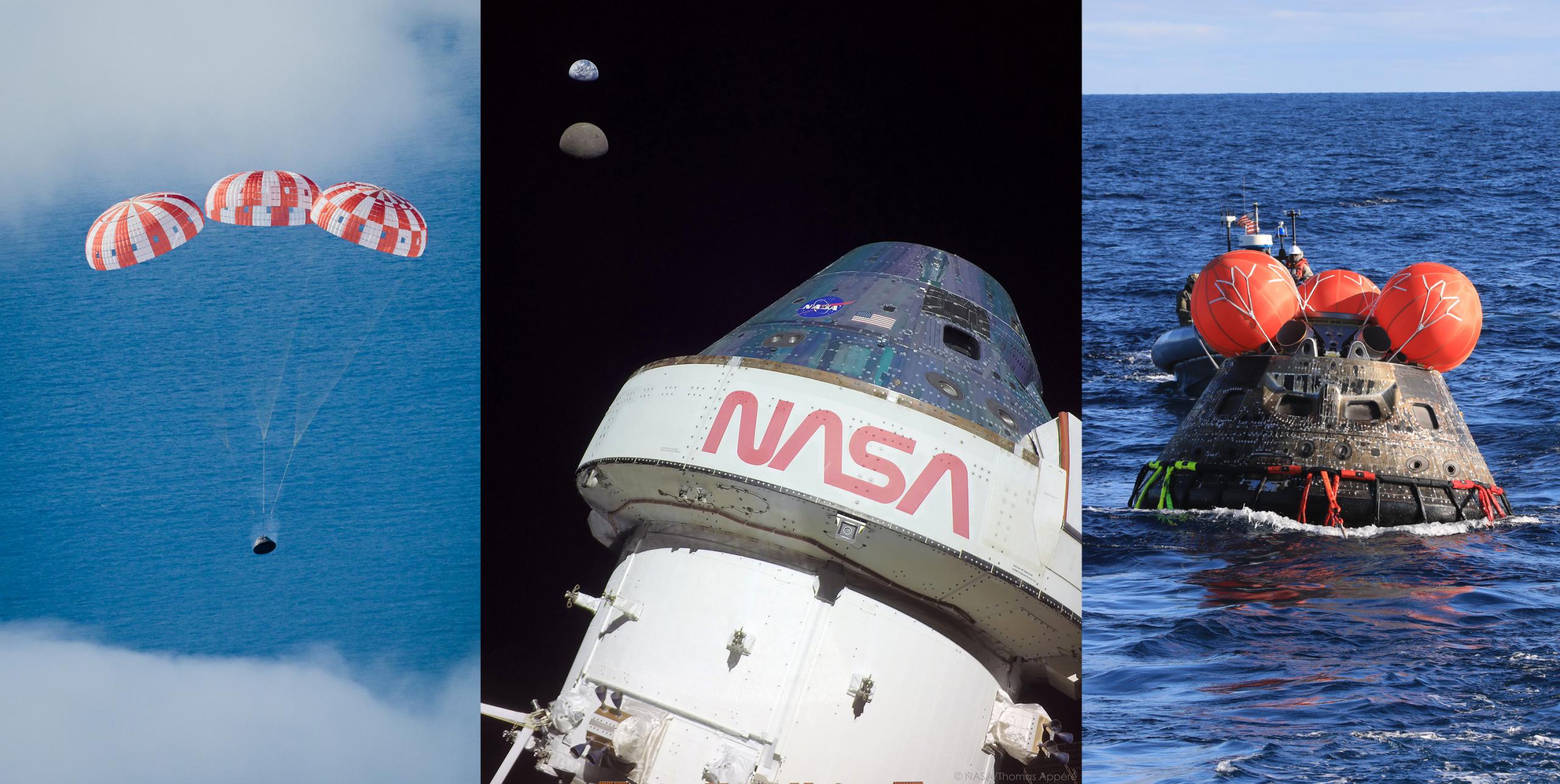
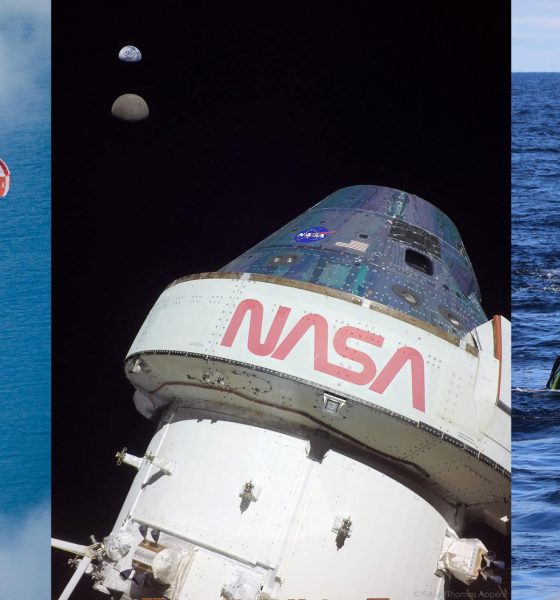
News
NASA’s first Artemis Moon mission a flawless success after Orion splashdown
NASA has successfully recovered an uncrewed version of its Orion crew capsule, marking the flawless completion of the spacecraft’s first Moon mission and the Space Launch System (SLS) rocket’s first launch.
Six years behind schedule, roughly $20 billion over budget, and costing taxpayers almost $50 billion through its first full flight test, anything less than near-perfection would have been a moderate scandal. But to the credit of NASA and its contractors, who have all worn excuses in the spirit of ‘perfection takes time’ threadbare, the international team behind Artemis I appears to have actually delivered on those implied promises. While some small bugs were unsurprisingly discovered over the 25-day mission, a collection of excellent post-launch NASASpaceflight.com interviews confirm that each major part of the SLS rocket performed about as flawlessly as their respective teams could have hoped for.
Originally intended to launch in late 2016, the first SLS rocket lifted off with the second space-bound Orion spacecraft on November 16th, 2022. Propelled by its European Service Module (ESM), Orion passed the Moon around November 21st. It then entered an unusual distant retrograde orbit (DRO) around the Moon on November 26th, reaching a record distance of 432,200 kilometers (268,563 mi) from Earth in the process. After less than a week in lunar orbit, Orion departed DRO on December 1st and began a long journey back to Earth.
The update that's rolling out to the fleet makes full use of the front and rear steering travel to minimize turning circle. In this case a reduction of 1.6 feet just over the air— Wes (@wmorrill3) April 16, 2024
On December 11th, about four weeks after liftoff, Orion separated from its disposable service module (~$400 million) and slammed into Earth’s atmosphere traveling around 11 kilometers per second (~25,000 mph). In another credit to NASA and capsule contractor Lockheed Martin, Orion’s reentry, descent, and splashdown all went perfectly. After its ablative heat shield did most of the work slowing it down, the spacecraft deployed parachutes and splashed down in the Pacific Ocean some 240 kilometers (~150 mi) off the coast of Mexico’s Baja Peninsula, southwest of California.
Taking full advantage of the fact that Orion and SLS are a government program and continuing in the footsteps of the Apollo Program, the US Navy was tasked with Orion spacecraft recovery. To that end, it deployed USS Portland – a 208-meter-long amphibious transport ship crewed by hundreds of sailors – to recover Artemis I’s Orion, which was completed without issue using the ship’s Navy helicopters, fast boats, and floodable well-deck.
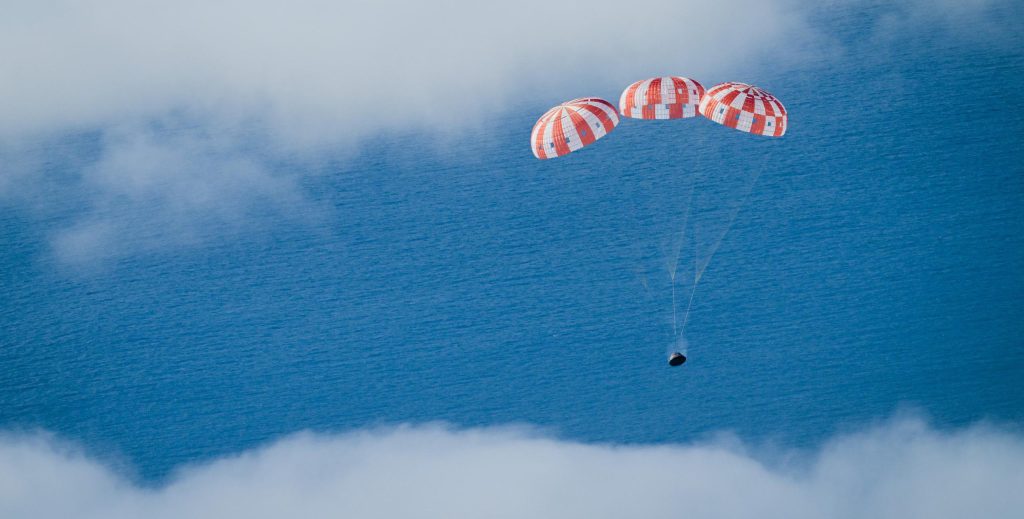
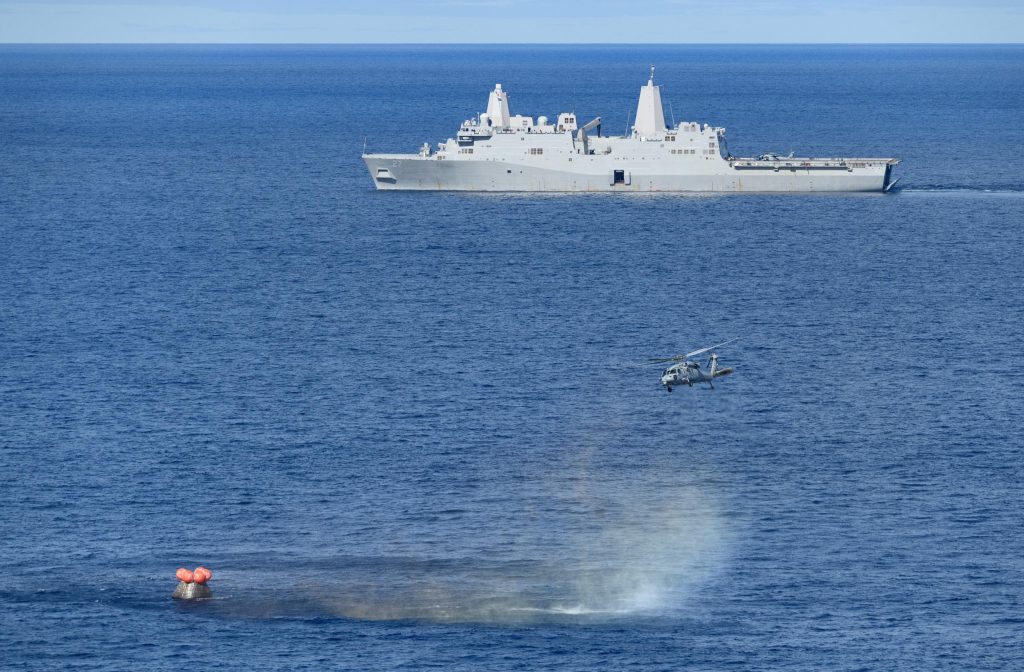
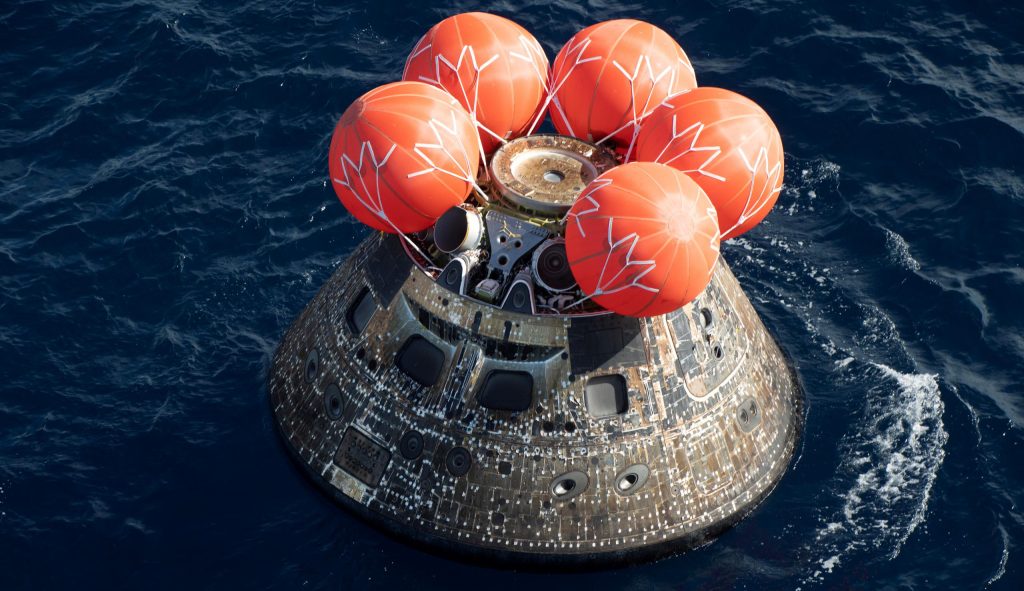
Following capsule recovery, which wrapped up almost seven hours after splashdown, it’s safe to say that NASA’s Artemis I mission was a spectacular, near-perfect success. Only a few aspects detract from the extraordinary performance of the spacecraft. Most significantly, despite being half a decade behind schedule and billions of dollars over budget, Artemis I’s Orion capsule and service module did not fly with or test a functioning docking port or Environmental Control and Life Support System (ECLSS). Those systems will not be tested in space until Artemis II, Orion’s first astronaut launch, inherently reducing the risk-reduction and predictive value of the flight test.
Additionally, Artemis I launched Orion to a distant retrograde lunar orbit. No future NASA missions are scheduled to use DRO. For the time being, Artemis II will be a free-return lunar flyby mission, meaning that Orion will never enter orbit around the Moon – the safest possible lunar trajectory for its crewed debut. For Artemis III and all future Orion missions, the spacecraft will enter a different near-rectilinear halo orbit (NRHO) around the Moon – similar to DRO in spirit but entirely different in practice. That again slightly reduces the value of Orion’s spectacular performance during Artemis I.
Waiting for Artemis II
Finally, due to a series of decisions and the shockingly slow expected performance NASA and its contractors, the next Orion and SLS launch is unlikely to occur before 2025. Recently discussed by the US Government Accountability Office (GAO) in a September 2022 report [PDF], the cause is strange. GAO says that “NASA estimates it will require ~27 months between Artemis I and Artemis II due to Orion integration activities and reuse of avionics from the Artemis I crew capsule on…Artemis II.” In other words, even though Artemis I was near-flawless, Artemis II will be delayed partly because of an attempt to reuse a tiny portion of its successfully recovered capsule.
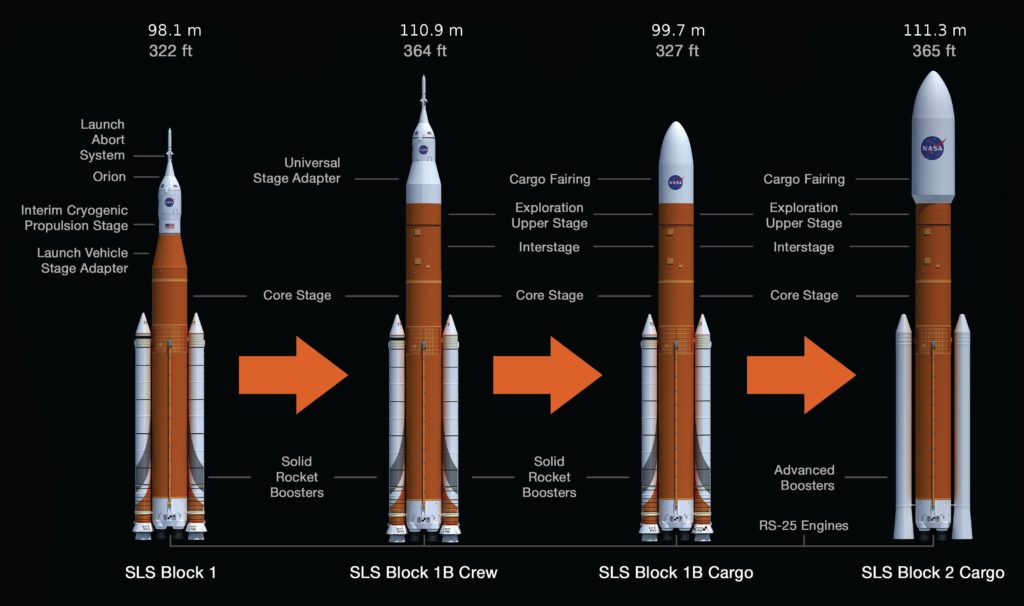
Ars Technica’s Eric Berger recently provided another tidbit of painful context with the discovery that the decision to reuse the first deep space Orion’s avionics boxes was made eight years ago to close a “$100 million budget hole.” Inexplicably, NASA and Lockheed Martin believe it will take more than “two years to re-certify the flight hardware.” Berger explains that years ago, NASA only intended to launch SLS’s first Block 1 variant once, and expected that it would take at least three years to retrofit the rocket’s sole launch tower for the rocket’s Block 1B upgrade and second launch overall.
Years later, parochial pork-hungry members of Congress leaped on an opportunity to force NASA to build a second launch tower to help avoid that three-year gap between launches. Ironically, that second tower, ML-2, is now expected to cost anywhere from 2.5 to 4 times more than its original $383 million price tag and is years behind schedule. Meanwhile, SLS Block 1B is also years behind schedule, which led NASA to decide to launch SLS Block 1 three times instead of just once.
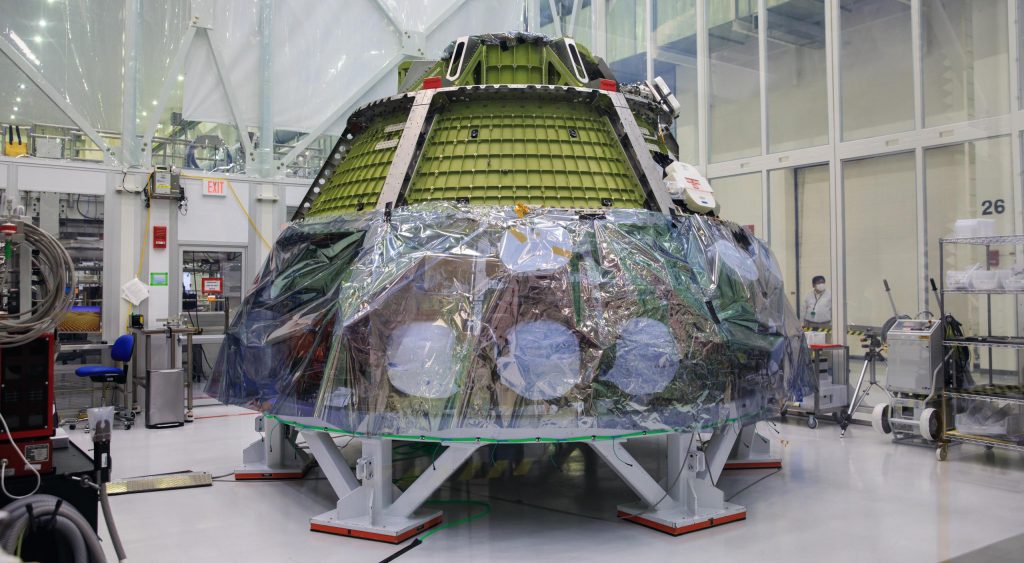
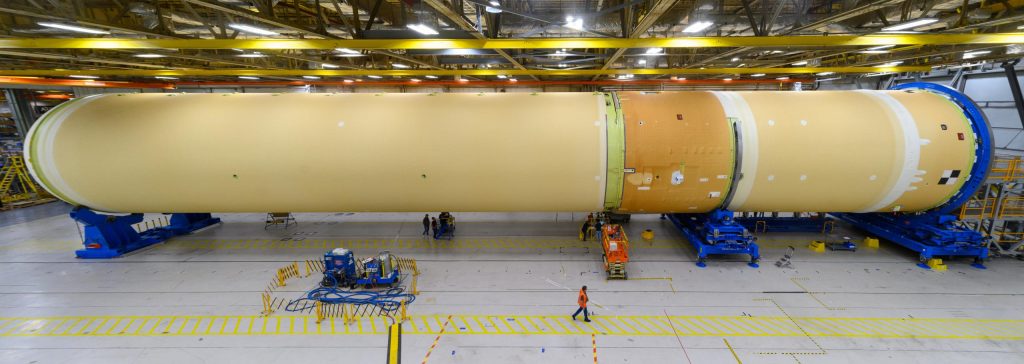
Ultimately, that means that the bizarrely slow recertification of eight Artemis I Orion avionics boxes – not the SLS rocket, ground systems, or any rework required after their launch debut – is now “the primary critical path for…Artemis II.” As a result, Berger estimates that delays caused by the decisions NASA made to save $100 million almost a decade ago will likely end up costing taxpayers $1 billion.
Artemis II is unlikely to launch less than 27 months after Artemis I, pegging the launch no earlier than February 2025. That gap of more than two years is just 20% shorter than the 33-month gap a NASA advisor once said could raise safety concerns because of the loss of experience that would result, which factored into the decision to build a second launch tower. Ultimately, NASA appears to have secured another very large chunk of time to ensure that Artemis II – like Artemis I – goes as perfectly as possible when the time finally comes.

News
Tesla hosts Rome Mayor for first Italian FSD Supervised road demo
The event marked the first time an Italian mayor tested the advanced driver-assistance system in person in Rome’s urban streets.
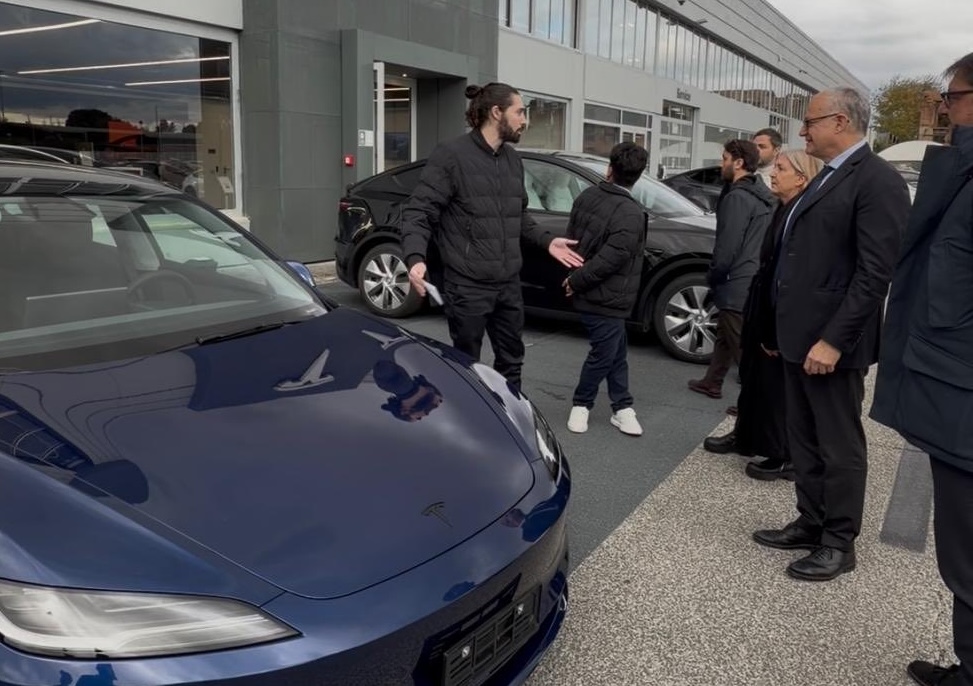
Tesla definitely seems to be actively engaging European officials on FSD’s capabilities, with the company hosting Rome Mayor Roberto Gualtieri and Mobility Assessor Eugenio Patanè for a hands-on road demonstration.
The event marked the first time an Italian mayor tested the advanced driver-assistance system in person in Rome’s urban streets. This comes amid Tesla’s push for FSD’s EU regulatory approvals in the coming year.
Rome officials experience FSD Supervised
Tesla conducted the demo using a Model 3 equipped with Full Self-Driving (Supervised), tackling typical Roman traffic including complex intersections, roundabouts, pedestrian crossings and mixed users like cars, bikes and scooters.
The system showcased AI-based assisted driving, prioritizing safety while maintaining flow. FSD also handled overtakes and lane decisions, though with constant driver supervision.
Investor Andrea Stroppa detailed the event on X, noting the system’s potential to reduce severe collision risks by up to seven times compared to traditional driving, based on Tesla’s data from billions of global fleet miles. The session highlighted FSD’s role as an assistance tool in its Supervised form, not a replacement, with the driver fully responsible at all times.
Path to European rollout
Tesla has logged over 1 million kilometers of testing across 17 European countries, including Italy, to refine FSD for local conditions. The fact that Rome officials personally tested FSD Supervised bodes well for the program’s approval, as it suggests that key individuals are closely watching Tesla’s efforts and innovations.
Assessor Patanè also highlighted the administration’s interest in technologies that boost road safety and urban travel quality, viewing them as aids for both private and public transport while respecting rules.
Replies on X urged involving Italy’s Transport Ministry to speed approvals, with one user noting, “Great idea to involve the mayor! It would be necessary to involve components of the Ministry of Transport and the government as soon as possible: it’s they who can accelerate the approval of FSD in Italy.”
News
Tesla FSD (Supervised) blows away French journalist after test ride
Cadot described FSD as “mind-blowing,” both for the safety of the vehicle’s driving and the “humanity” of its driving behaviors.
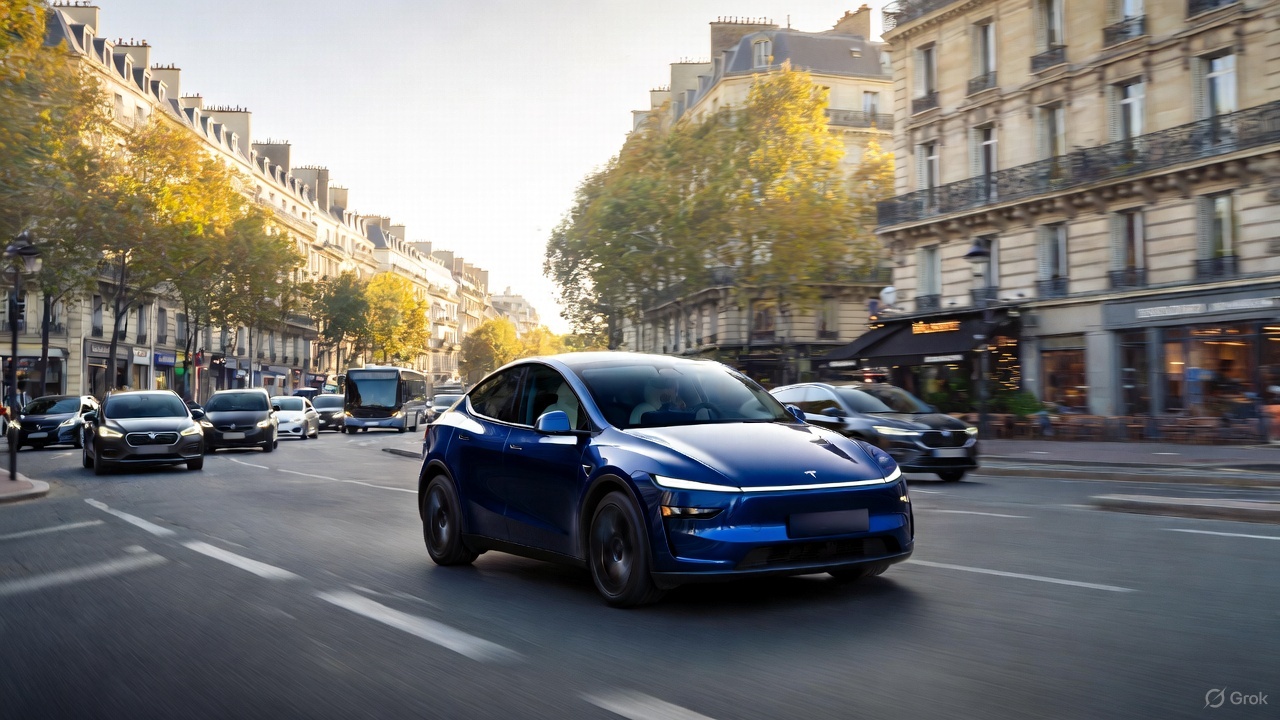
Tesla’s Full Self-Driving (Supervised) seems to be making waves in Europe, with French tech journalist Julien Cadot recently sharing a positive first-hand experience from a supervised test drive in France.
Cadot, who tested the system for Numerama after eight years of anticipation since early Autopilot trials, described FSD as “mind-blowing,” both for the safety of the vehicle’s driving and the “humanity” of its driving behaviors.
Julien Cadot’s FSD test in France
Cadot announced his upcoming test on X, writing in French: “I’m going to test Tesla’s FSD for Numerama in France. 8 years I’ve been waiting to relive the sensations of our very first contact with the unbridled Autopilot of the 2016s.” He followed up shortly after with an initial reaction, writing: “I don’t want to spoil too much because as media we were allowed to film everything and I have a huge video coming… But: it’s mind-blowing! Both for safety and for the ‘humanity’ of the choices.”
His later posts detailed FSD’s specific maneuvers that he found particularly compelling. These include the vehicle safely overtaking a delivery truck by inches, something Cadot said he personally would avoid to protect his rims, but FSD handled flawlessly. He also praised FSD’s cyclist overtakes, as the system always maintained the required 1.5-meter distance by encroaching on the opposite lane when clear. Ultimately, Cadot noted FSD’s decision-making prioritized safety and advancement, which is pretty remarkable.
FSD’s ‘human’ edge over Autopilot
When asked if FSD felt light-years ahead of standard Autopilot, Cadot replied: “It’s incomparable, it’s not the same language.” He elaborated on scenarios like bypassing a parked delivery truck across a solid white line, where FSD assessed safety and proceeded just as a human driver might, rather than halting indefinitely. This “humanity” impressed Cadot the most, as it allowed FSD to fluidly navigate real-world chaos like urban Paris traffic.
Tesla is currently hard at work pushing for the rollout of FSD to several European countries. Recent reports have revealed that Tesla has received approval to operate 19 FSD test vehicles on Spain’s roads, though this number could increase as the program develops. As per the Dirección General de Tráfico (DGT), Tesla would be able to operate its FSD fleet on any national route across Spain. Recent job openings also hint at Tesla starting FSD tests in Austria. Apart from this, the company is also holding FSD demonstrations in Germany, France, and Italy.
Elon Musk
Tesla Optimus shows off its newest capability as progress accelerates

Tesla Optimus showed off its newest capability as progress on the project continues to accelerate toward an ultimate goal of mass production in the coming years.
Tesla is still developing Optimus and preparing for the first stages of mass production, where units would be sold and shipped to customers. CEO Elon Musk has always marketed the humanoid robot as the biggest product in history, even outside of Tesla, but of all time.
He believes it will eliminate the need to manually perform monotonous tasks, like cleaning, mowing the lawn, and folding laundry.
However, lately, Musk has revealed even bigger plans for Optimus, including the ability to relieve humans of work entirely within the next 20 years.
JUST IN: Elon Musk says working will be ‘optional’ in less than 20 years because of AI and robotics. pic.twitter.com/l3S5kl5HBB
— Watcher.Guru (@WatcherGuru) November 30, 2025
Development at Tesla’s Artificial Intelligence and Robotics teams has progressed, and a new video was shown of the robot taking a light jog with what appeared to be some pretty natural form:
Just set a new PR in the lab pic.twitter.com/8kJ2om7uV7
— Tesla Optimus (@Tesla_Optimus) December 2, 2025
Optimus has also made several public appearances lately, including one at the Neural Information Processing Systems, or NeurIPS Conference. Some spectators shared videos of Optimus’s charging rig, as well as its movements and capabilities, most interestingly, the hand:
You have to hand it to Elon 🤟 pic.twitter.com/fZKDlmGAbe
— Ric Burton · NeurIPS 2025 (@_ricburton) December 2, 2025
The hand, forearm, and fingers have been one of the most evident challenges for Tesla in recent times, especially as it continues to work on its 3rd Generation iteration of Optimus.
Musk said during the Q3 Earnings Call:
“I don’t want to downplay the difficulty, but it’s an incredibly difficult thing, especially to create a hand that is as dexterous and capable as the human hand, which is incredible. The human hand is an incredible thing. The more you study the human hand, the more incredible you realize it is, and why you need four fingers and a thumb, why the fingers have certain degrees of freedom, why the various muscles are of different strengths, and fingers are of different lengths. It turns out that those are all there for a reason.”
The interesting part of the Optimus program so far is the fact that Tesla has made a lot of progress with other portions of the project, like movement, for example, which appears to have come a long way.
However, without a functional hand and fingers, Optimus could be rendered relatively useless, so it is evident that it has to figure this crucial part out first.








